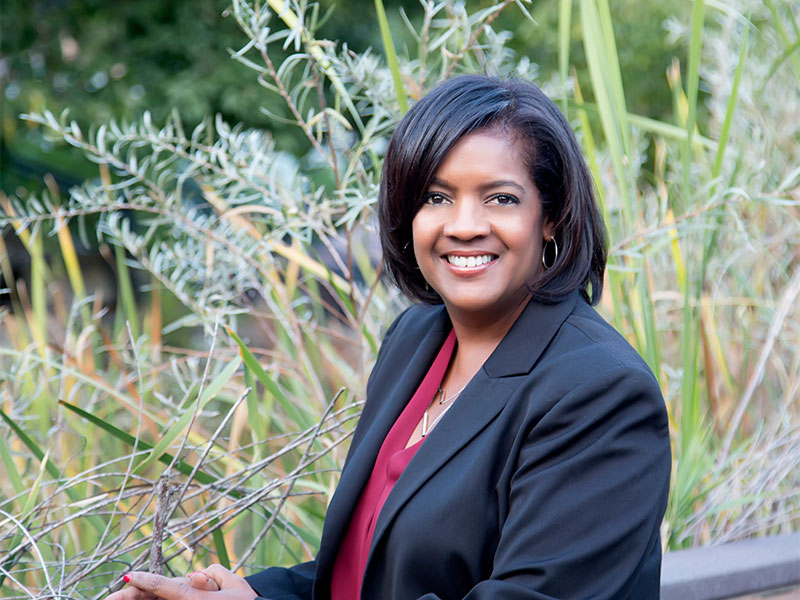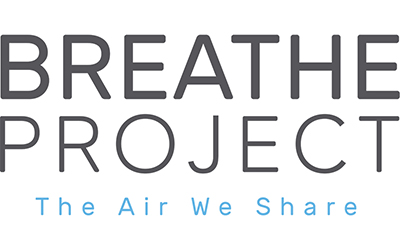The Imperative of Racial Equity in the Nature Connection Movement
Kim Moore Bailey | Chief Executive Officer, Youth Outside
Watch This Presentation:
In “The Imperative of Racial Equity in the Nature Connection Movement,” Kim Moore Bailey, chief executive officer of Youth Outside, discussed biophilia in terms of racial equity and what it means to create antiracist policies, practices, attitudes and actions.
“Seven years ago when my organization Youth Outside started, we were very focused on this idea of equitable access to nature. And as we started to think about it and talk about it, we very quickly also realized that it’s not enough. This idea of equitable access fell short. Equitable access didn’t equal, let’s say, safety or this idea of being comfortable in outdoor spaces or even feeling welcome in outdoor spaces.” It was with this particular realization, Bailey says, that she and her team started to shift their conversations to think about racial equity as a key component of their work.
Bailey defines racial equity as “when someone’s race does not determine their access, opportunities, treatment or statistical outcomes in society,” and offered examples of the kind of things that happen when there is racial inequity. “Parks, or being outside in nature, tend to show up in ways that do not feel very safe. The over-presence of police in a park, for some, might feel safe. But if you are a Black or Latino young male, that could perhaps be a place that you do not want to be.” So how do we use a racial equity framework to ensure that everyone can gain equal benefits from nature?
“We have to start asking ourselves the tough questions that come up, including how racism continues to impact people’s access, opportunities, and treatment when they are forming a connection to nature.” Applauding several different programs, Bailey gave examples of antiracist actions that are happening within the United States. One of these on her list was the Oakland Goes Outdoors Program, which takes middle schoolers outside to experience nature for themselves. “They are writing their own narrative as to what that experience means for them. They’re learning about it through their teachers who are being trained from an outside program, so someone is not coming in, taking them on the experience and leaving. Their teachers are being trained and the staff is being trained.”
Bailey encourages us all to reexamine what it means for nature to be accessible. “As you all are thinking about the work, thinking about health benefits, thinking about connecting to nature, I ask you to also think about what it means to do it through a racial equity lens. What does it mean to make sure that those connections are also being done in a way that centers racial equity so that the young people you see here are also having these opportunities in a way that’s not a handout, that’s putting all young people in the place that they also can receive the benefits through their world and their narrative?”
Additional Resources:

About the Speaker
With over 25 years of experience in strategic planning and community engagement, Kim Moore Bailey provides the leadership and vision that drives Youth Outside’s work to ensure that young people who have been traditionally or historically underrepresented in the outdoor movement have the opportunity to connect with nature in culturally relevant and inclusive ways.




